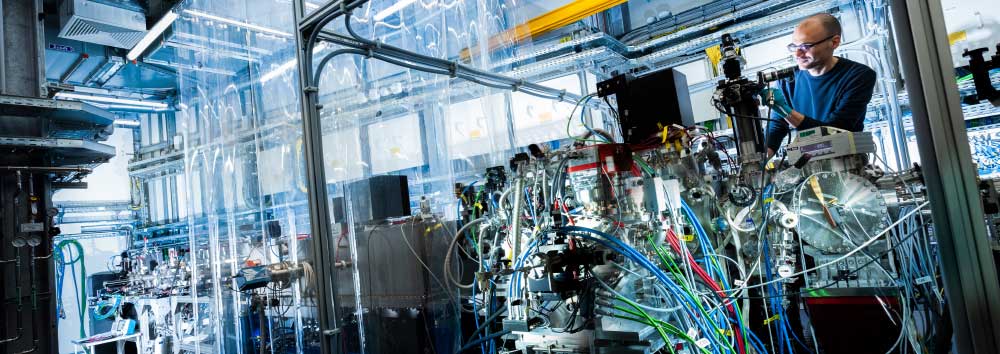In a study carried out at FERMI in Italy and published today in Nature Communications, a team of international scientists demonstrate for the first time a significant symmetry breakdown of electron emission in ionic matter. The results have significant implications for a range of experiments, especially at free-electron laser (FEL) facilities.
When matter absorbs light of a sufficiently short wavelength or at high enough intensity, it can emit electrons. This process of electron ejection is known as photoionisation and is an important basis for many experiments that investigate the electronic structure of atoms, and the structural and chemical information of molecules. When lots of ‘light-particles’ known as photons, are available during a very short time frame, multiple electrons may be emitted in quick succession, providing even more information about the way light and matter interact with another. In this way, the spectroscopic study of ionic matter has been revolutionised by FELs over the past few years.
Generally, it is assumed that for photons with long wavelengths in relation to the absorbing site, the interplay between photon and electron can be described as dipole interaction. However, for very short wavelengths and several other conditions, this assumption starts to break down since the momentum of the photon can distort electron emission patterns in its propagation direction.
About European XFEL
The European XFEL is a 3.4 km long research facility extending from Hamburg to the neighbouring town of Schenefeld in the German Federal State of Schleswig-Holstein. With its repetition rate of 27,000 pulses per second and a peak brilliance a billion times higher than that of the best synchrotron X-ray radiation sources, the European XFEL enables the investigation of scientific problems in a variety of disciplines, including among many others: Structural Biology, Chemistry, Planetary Science, the study of matter under extreme conditions.



